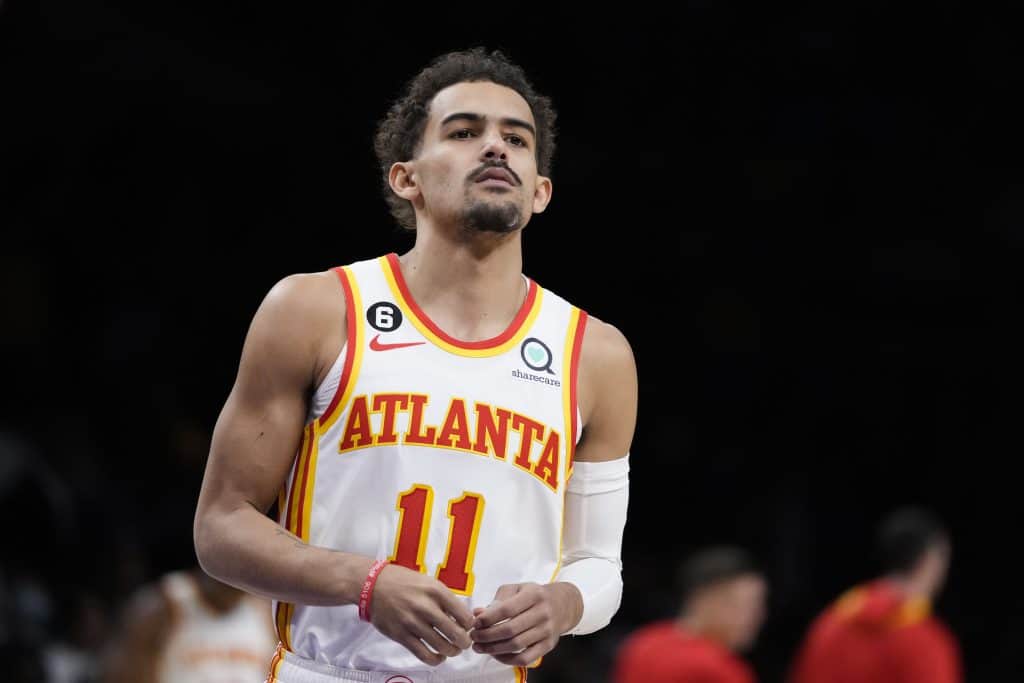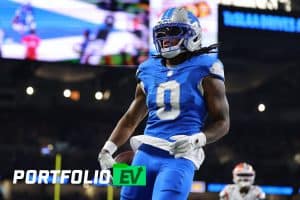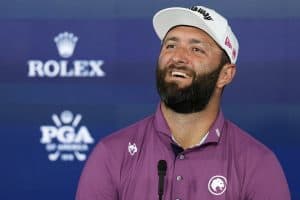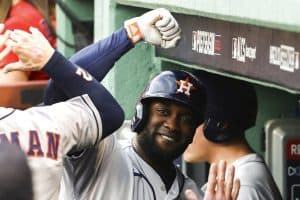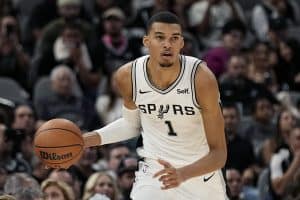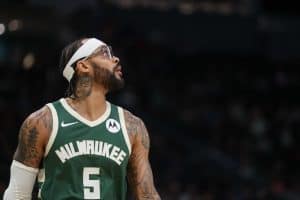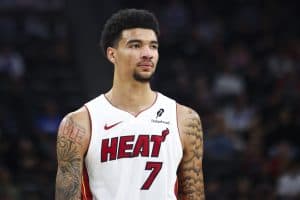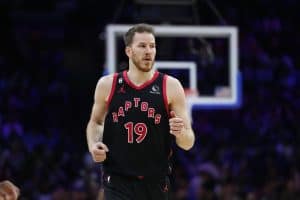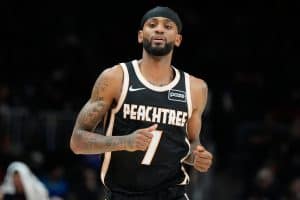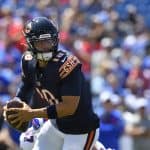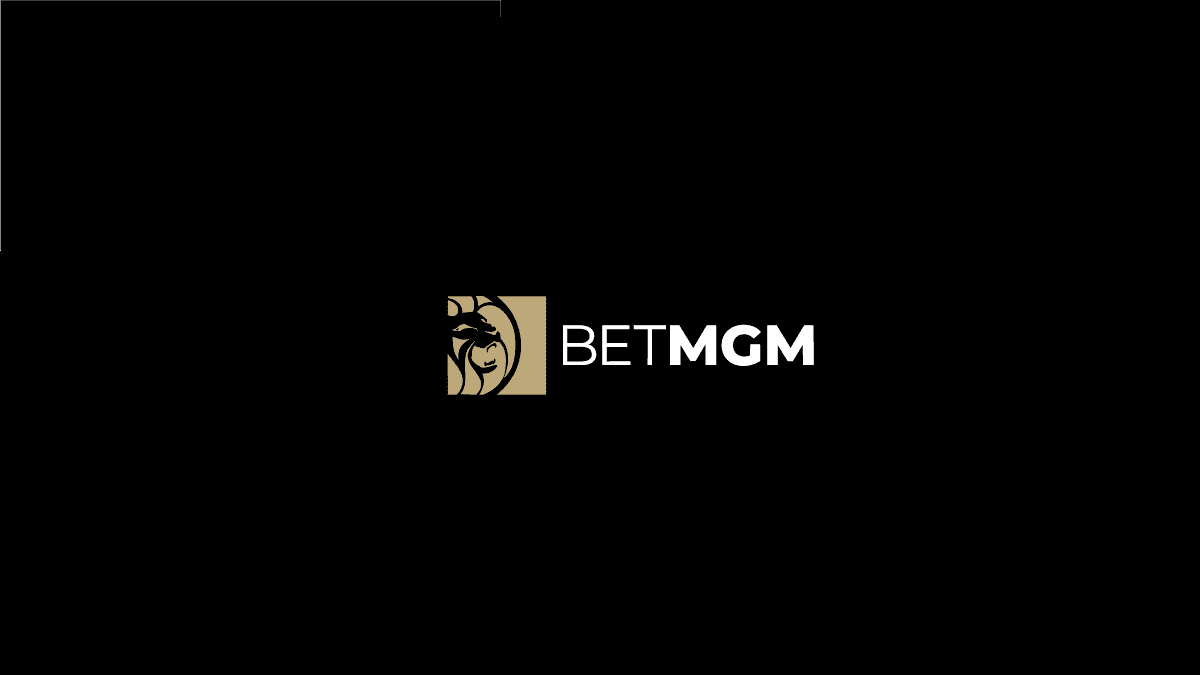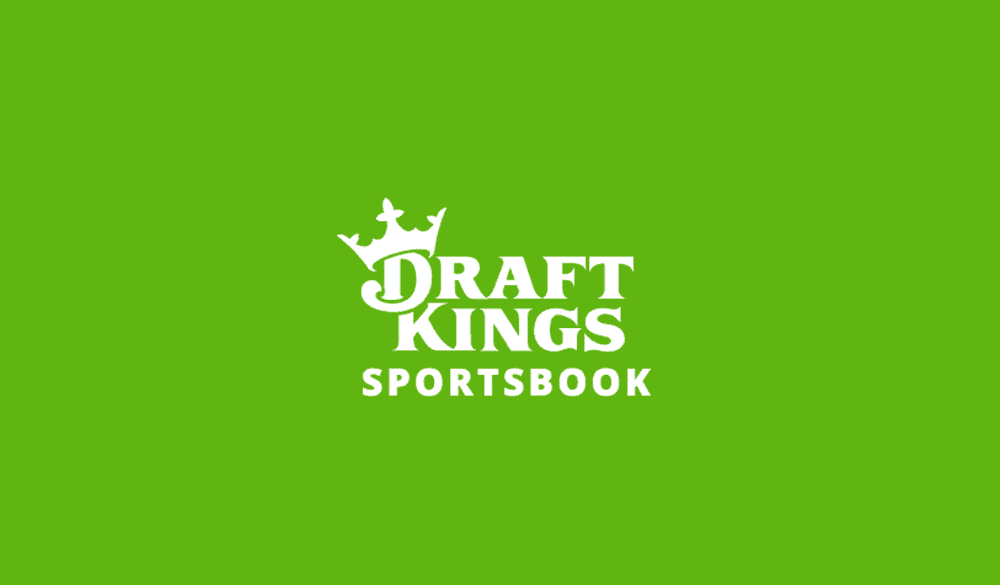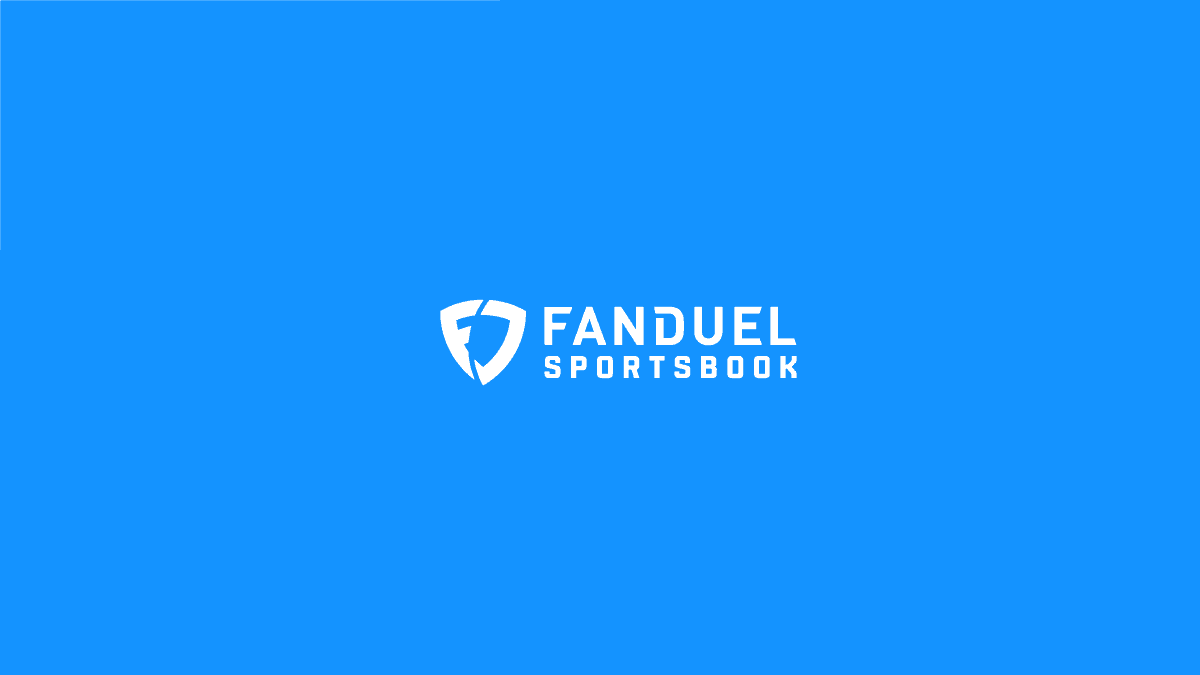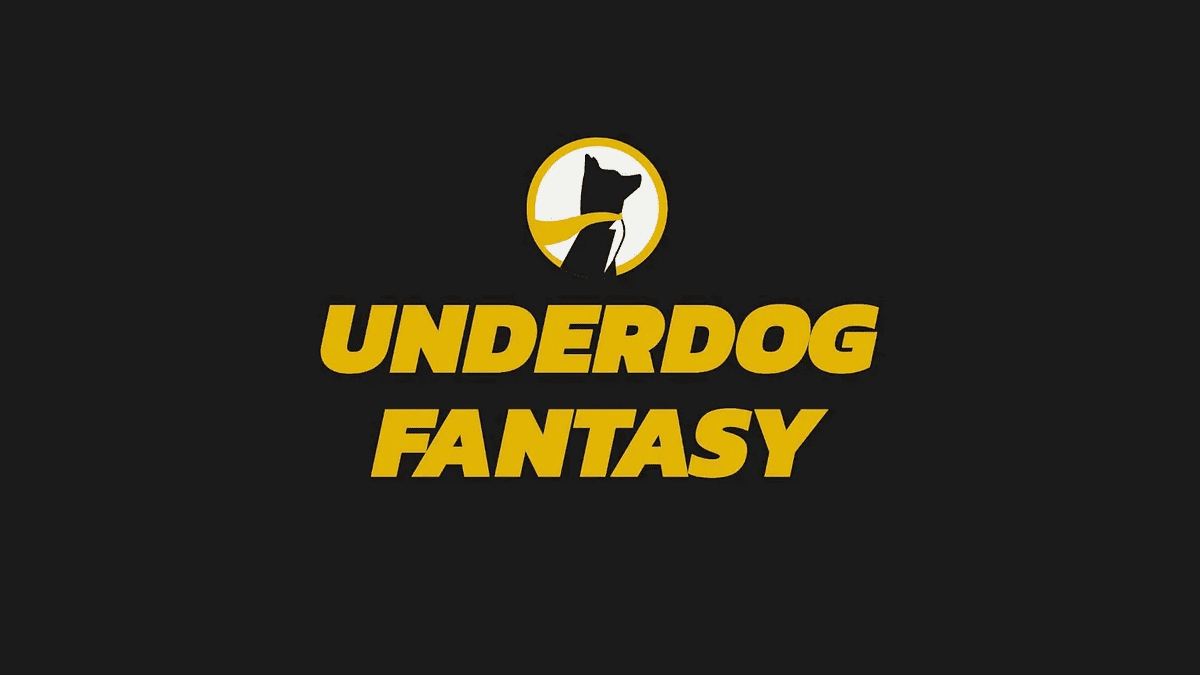Each installment of Isaiah’s Methods & Opinions (IMO) is brought to you by No House Advantage, a cutting-edge daily fantasy site that allows users to risk little and win big in over 30 states. Bet VS. THE HOUSE to win up to 21x your money or play in PICK’EM CONTESTS against other users! New players can secure up to a $100 deposit match with by registering with No House Advantage today! This week’s column will focus on ladder betting and Trae Young.
Welcome to the first installment of Isaiah’s Methods & Opinions (IMO)! Twice each week, I’ll be here to break down the betting trends and sports news that will give you an edge on the sportsbooks. With Super Wild Card Weekend almost in the books — and the NBA well past the midway point — we have plenty to discuss in today’s column.
No sports bettor can hit every bet, but the key to profitable sports gambling is to develop a successful process — or method — for identifying sharp wagers. It’s the application of sharp opinions to that method that separates the wheat from the chaff in the sports gambling world. If your priors are wrong, you’ll end up sweating more bets than you must.
This column will help bettors develop sharp methods and come to well-informed opinions.
The legal gambling age is 21+ in most states. Gambling Problem? Call or text 1-800-GAMBLER.
Isaiah’s Methods: Keys to a Successful NBA Ladder Bet | Sponsored by No House Advantage
Individual players have taken stuffing the stat sheet to new extremes. Jayson Tatum dropped 51 points on the Charlotte Hornets on Martin Luther King Jr. Day. Donovan Mitchell scored 71 against the Chicago Bulls two weeks ago, and Giannis Antetokounmpo scored 55 the next day.
All three players easily cashed the over for their standard player-prop totals, but they also would’ve earned bettors who teased that number up even bigger payouts. With massive individual efforts on the rise in the NBA, player prop bettors should be trying to spin a profit on possible huge games by teasing standard prop numbers up. But wagering too much on an incredible performance — and not enough on just an above-average one — can leave bettors with a depleted bankroll. Mixing standard player props at places like No House Advantage with teased-up markets is the best formula for success.
Ladder betting offers a happy medium. A ladder bet is a bit of a misnomer — it’s actually a series of bets on different but related markets. For example, if you bought Trae Young to go over his standard prop total of 20.5 points — but also bought him to score 25-plus, 30-plus and 35-plus — you have placed a ladder bet. It’s smartest to structure your units on those wagers to make sure you only need one or two props to hit for you to break even or turn a small profit.
One key to a making successful ladder wager is to identify a good matchup. This is usually easier for role players. Finding a team that struggles against corner 3-pointers would warrant a wager on a wing that specializes in shooting from that part of the floor. Identifying a team that can’t defend the paint, especially the restricted area, usually makes the opposing center a sharp play. But guys like Al Horford and Jarrett Allen — guys who fit the first and second criteria, respectively, aren’t putting up 50-point games. Still, they won’t need to score more than 25 for you to hit it big.
Another crucial consideration, expected usage rate, can help with bigger-name players. Usage rate calculates the share of a team’s possessions that ended with a play made by the given player during his time on the floor. Unsurprisingly, the NBA’s three best players in usage rate — Joel Embiid, Luka Doncic and Giannis Antetokounmpo — also rank top-five in points per game. A higher-usage player is that much likelier to put up monster numbers on a given night — and therefore much likelier to cash a ladder bet.
The third key to placing a sharp ladder wager is the injury report. That can take the form of backing a player well before tip because his teammate is questionable — if the sportsbooks will let you. But more often, exploiting the injury report comes down to how one player’s absence will affect another. For example, Donovan Mitchell‘s 71-point game came with Darius Garland sidelined. Mitchell’s usage rate (30.9%) slots in just above Garland’s (26.3%). But since Mitchell and Garland have shared the floor for 750-plus minutes this year, it makes sense that one’s production would increase significantly without the other.
The next three basketball-focused editions of IMO will hone in on the three keys to successful ladder wagering on the NBA player prop market — matchup identification, usage rate calculation and injury report manipulation. The betting public has access to a shocking depth of tools that don’t even require a subscription that can make even the wildest ladder bets somewhat obvious.
The legal gambling age is 21+ in most states. Gambling Problem? Call or text 1-800-GAMBLER.
Isaiah’s Opinions: Trae Young is a Historically Bad Defender
After four and a half NBA seasons have passed, the Atlanta Hawks haven’t gotten nearly enough out of Trae Young to have justified passing on Luka Doncic. The premise of the trade — acquire depth and build around a star point guard — made sense. But the difference between Doncic and Young wasn’t worth the extra first-round pick.
That conclusion is easy to draw since the Hawks spent it on Cam Reddish, who they flipped to the New York Knicks for Kevin Knox II and a protected first-round pick that cannot convey if it falls any higher than 15th overall. But even if the Hawks had taken Cameron Johnson, P.J. Washington, Tyler Herro or Jordan Poole, all of whom went after Reddish, the Hawks still wouldn’t have come out ahead. The blame ultimately falls on Young’s inability to play defense.
Ben Simmons chose not to dunk on… Trae Young? pic.twitter.com/rIBkAzFBFa
— Billy Heyen (@BillyHeyen) June 21, 2021
No matter what Ben Simmons may think, Trae Young isn’t a viable rim protector. He isn’t a viable defender on any part of the floor, really, and the numbers bear this out. FiveThirtyEight’s RAPTOR metric, which calculates the points a player contributes to his team on offense and defense relative to a league-average player, highlights just how terrible Young has played on defense.
Since Young entered the NBA in the 2018-19 season, a 1,000-minute player has finished with a defensive RAPTOR rating of -3 or worse just 45 times. Four of those campaigns belong to Trae Young. While plenty of young stars have recorded such performances once or twice in their careers, like Devin Booker (2018-19), Ja Morant (2020-21) and Darius Garland (2019-20), none of them did it twice. Aside from Young, no player even did it three times.
Damian Lillard, often cited as a comparator for Young due to his height and smooth 3-point shot,never finished a season with a defensive RAPTOR rating of -3 or worse. The same is true of Stephen Curry and Chris Paul — although the three of them benefit from RAPTOR not logging seasons before the 2013-14 campaign. Those three prove that short guards can play defense — or at least enough defense to avoid the depths of FiveThirtyEight’s RAPTOR metric.
The best cause for optimism for Atlanta fans, Zach LaVine, recorded two seasons of -3 or worse to start his career before nosing up to -2.4 as a third-year player and -2.3 the next year. LaVine even made it to -1.4 by his fifth season. However, neither LaVine’s Minnesota Timberwolves nor his Chicago Bulls have legitimately threatened anything more than a first-round exit.
With Dejounte Murray now in Atlanta, Trae Young is on pace for his best defensive season to date. His current defensive RAPTOR rating of -1.5 is half of the -3 he finished with last season. But Young is now averaging the fewest steals per 36 minutes of his career (0.8), and his offensive production has fallen off a cliff. Young is on pace for his worst season in offensive RAPTOR rating since his rookie campaign. His 3-point shooting percentage has regressed to 32.6%, just 0.2% higher than what he averaged as a rookie.
Trae Young may turn things around, but the Hawks will rue the 2018 trade that sent him to Atlanta for years to come. Backing the players he lines up against each night on player prop markets at places like No House Advantage has often proven — and will continue to prove — sharp.
The legal gambling age is 21+ in most states. Gambling Problem? Call or text 1-800-GAMBLER.
